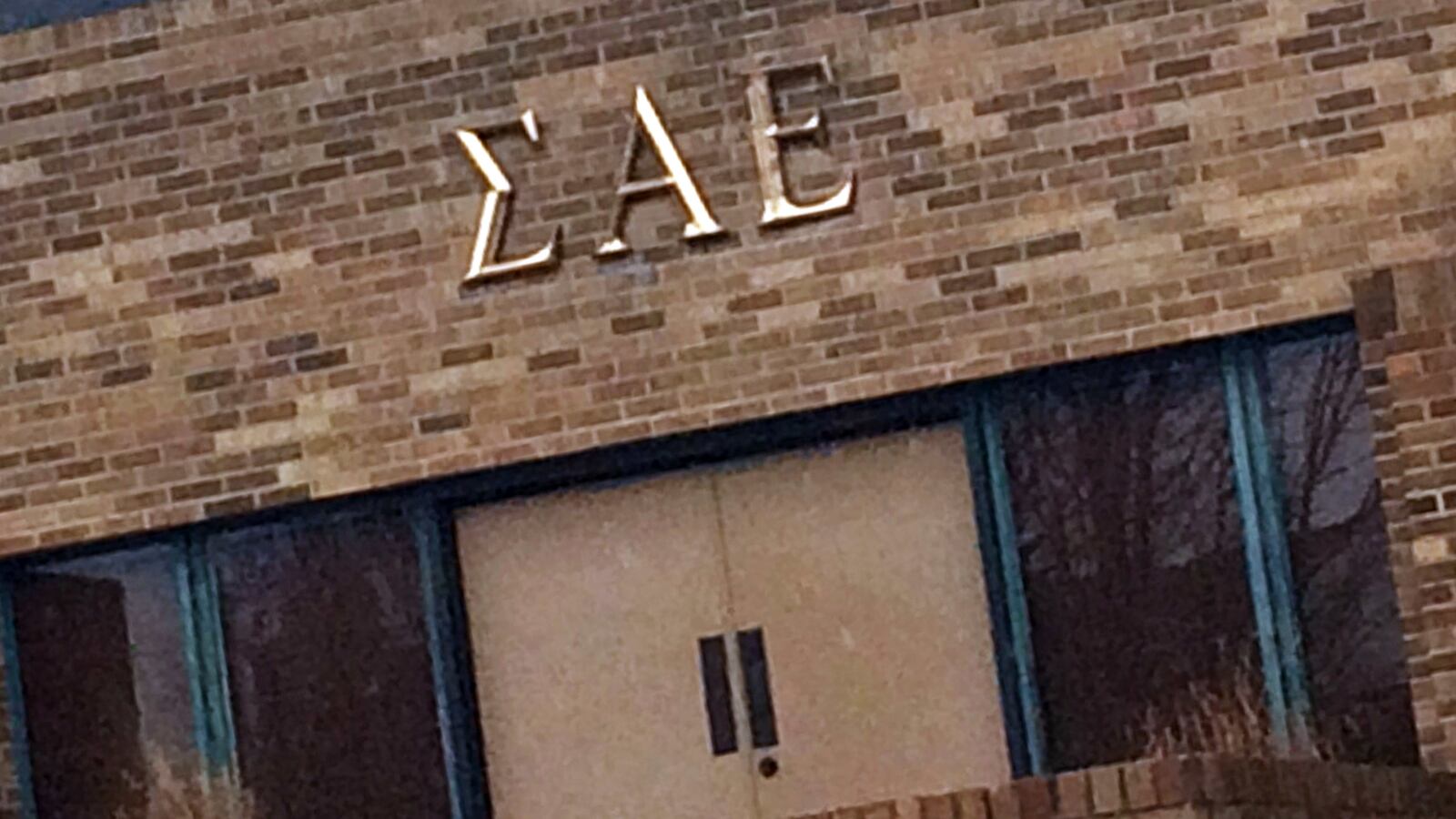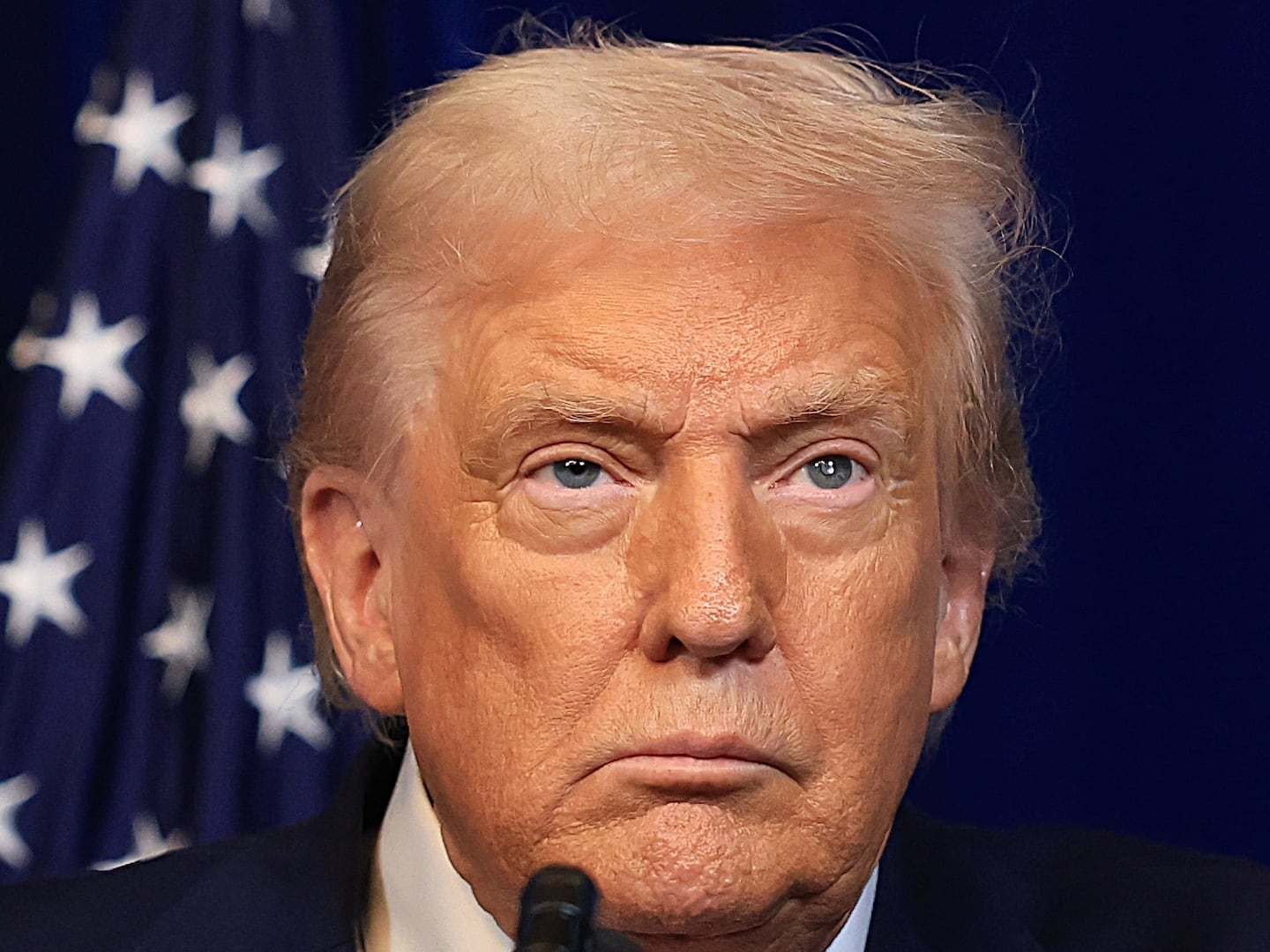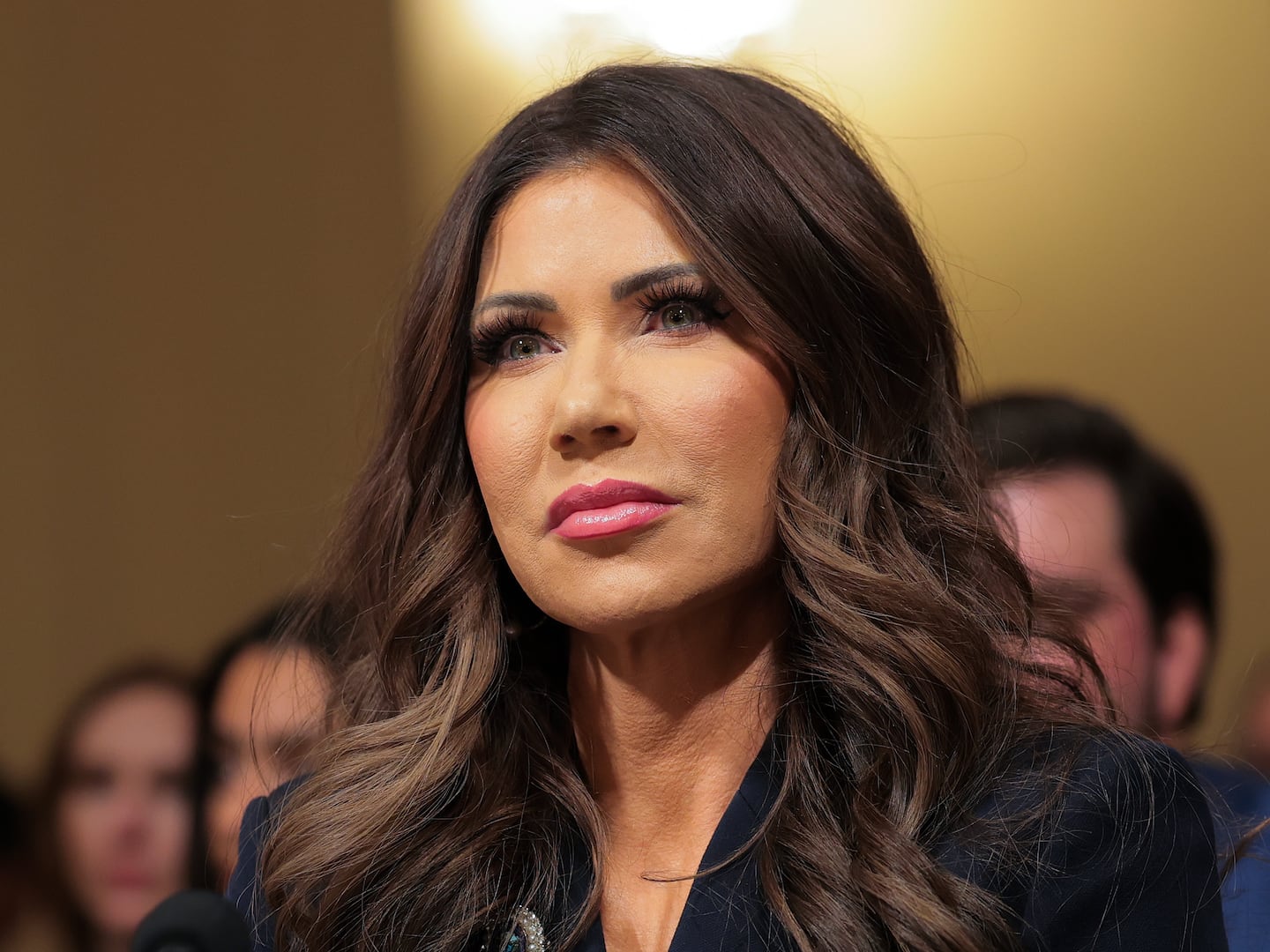When the very first chapter of Sigma Alpha Epsilon was founded at the University of Alabama in 1856, its members would have considered it beside the point to chant their intention never to admit a black member. For most of the 19th century, fraternities were exclusively white because the colleges and universities at which they were located were also all white. This was true in the North and the South.
But this did not mean that fraternities were not exclusive in other ways. Indeed, fraternities are built on exclusivity. When fraternities go through rushing and pledging, they are choosing not just who to include as new members but also who to exclude from the privileges of brotherhood. In part this is about whom they want to associate with on a daily basis. But because fraternities, as early as the 1830s, conceived of themselves as national organizations, where men were united in brotherhood for life with members of sister chapters, admitting the “right” kind of members was important to them. This was about connections—for business and jobs and so forth—but it was also that a man wanted to be absolutely sure that if he introduced himself as a member of a particular fraternity, everyone would know just what kind of man he was. This is how racial exclusion becomes important.
In their early days many fraternities excluded others largely based on class—even if they could have afforded to join, poor students were rejected. By the later 19th century, as universities expanded and more and more students wanted to join Greek-letter organizations, the criteria for membership became slightly more nebulous: athletic prowess, likability, social success with women. They used less nebulous criteria as well: race and religion.
As non-white and non-Protestant students enrolled in turn-of-the-century colleges and universities, fraternities reacted first by excluding them on a haphazard basis. Such ad hoc measures gradually morphed into uniform policies. By the 1910s most traditionally white fraternities had instituted clauses that limited membership to white, Christian men. Again, this was partially because the men in these fraternities—like many of their non-Greek classmates, and indeed like many in the U.S. more broadly—were racial and religious bigots who were already excluding non-white students from membership. But it was also that the national organizations wanted to make sure that no renegade chapter at a liberal school could admit a Jew or a black student who would taint the national membership. It was precisely because of this exclusion that the first black, Jewish, Catholic, and Chinese-American fraternities were founded.
These racial and religious exclusion codes lasted through World War II and began to be openly challenged in the late 1940s, first by fraternity members at private liberal arts colleges in the North who wanted to admit black members against the national office’s wishes, and then by the colleges and universities at which the fraternities made their homes. This was a public fight in which many national fraternities quite forthrightly defended their right to discriminate, but by the ’60s many schools had decided that public universities could not sanction organizations that practiced racial discrimination, partially funded as they were by tax dollars. Supported by federal court rulings, the schools made fraternities eliminate the racial discrimination codes as a condition for staying on campus.
Of course this does not mean that racial exclusivity or racism went away. One 1955 study published in the sociological journal Social Problems found that most students in fraternities and sororities were more racist than their non-Greek peers but that they also couched their racism in fears about reputation: They didn’t want non-white or Jewish members because other people wouldn’t like it. As one of the interviewed students put it: “Fraternities are supposed to be exclusive; they just don’t admit every fellow who comes up, especially if he is a Negro or a chink. Once you begin letting everything in, then the frat loses ground because most of the guys don’t want to belong to a frat that has a lot of Negroes or foreigners.” In a manner similar to Oklahoma’s SAE chapter, this student combined straightforward racism with a commitment not to let racial minorities into his fraternity for fear of the consequences to its prestige.
While the clauses about racial exclusivity are gone today, some chapters quietly remain all white; at some schools, this is the norm. This may be because fraternities for racial minorities are more welcoming or because nonwhite students face a hostile reception by white fraternities. Either way, racial segregation remains common in many Greek-letter organizations.
Of course it is difficult to know whether the beliefs espoused by the University of Oklahoma’s SAE chapter are commonly held among SAE members nationwide. The national office was quick to disavow the chant and the OU chapter, which actually has had a handful of African-American members in the past. Almost all studies of fraternities and sororities have found that their members are more conservative politically and socially than non-Greek members, and that they adhere to more traditional ideas about gender roles as well. SAE has also been in the news recently for disbanding chapters found guilty of hazing violations and sexual assaults, indicating that many chapters of the fraternity have had difficulty following the rules. Even as we also should recognize that the noxious racism espoused by the OU SAE chapter is alive and well among many Americans on and off colleges campuses, it may be fraternities’ more traditional and conservative demography that partially explains SAE’s racism.
But we should also remember one of the founding tenets of fraternities: exclusivity. Fraternities achieve their prestige through their ability to exclude prospective members based on a hazy set of criteria that bear little resemblance to those that the colleges themselves use to determine whether students are admitted. And yet colleges and universities continue to countenance this kind of exclusion, also regularly looking the other way when fraternities violate codes of conduct in relation to alcohol, hazing, and sexual assault. Given fraternities’ history as organizations designed to enhance the prestige of members through exclusivity, it should come as no surprise that at least one chapter defines that exclusivity in racial terms.






